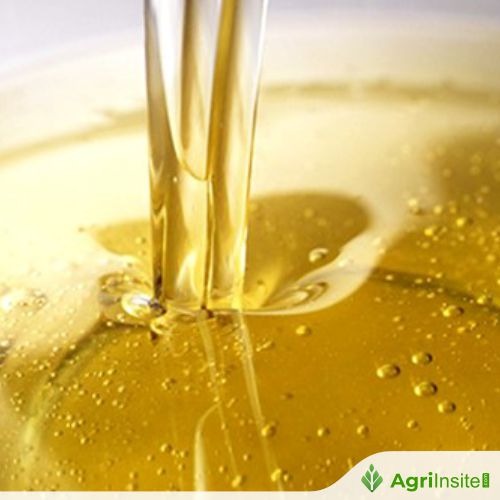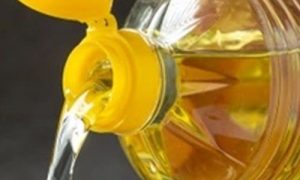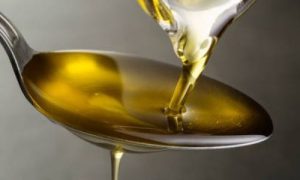India’s Costly Palm Oil Drives Sharp Shift Toward Soybean Imports

India’s soybean oil imports are expected to surge about 40% to 4.7–4.9 million tonnes in OY25 as high palm oil prices drive substitution, even though total edible oil imports stay near 15.5 million tonnes. Palm oil and sunflower oil imports decline, while Indonesia’s biodiesel expansion could tighten palm oil supplies in 2026.
India is set for a sharp rise in soybean oil imports in OY25 as elevated crude palm oil (CPO) prices trigger substitution across the market, even as total edible oil imports decline only marginally, India Ratings and Research (Ind-Ra) said in a new report on Friday.
Ind-Ra said India’s soybean oil imports are likely to jump by around 40 per cent to 4.7-4.9 million tonnes in OY25, driven by persistently high palm oil prices through most of the year and a temporary supply boost after Argentina suspended export duties. Meanwhile, India’s total edible oil imports are expected to fall only slightly to 15.5 million tonnes, keeping the country’s import dependency high at around 55 per cent.
“While CPO prices are likely to soften in 2026 with an increase in the output, the increase in biofuel blending in Indonesia might affect the demand-supply balance in the later part of 2H26, presenting an upside risk,” said Khushbu Lakhotia, Director, Corporate Ratings, Ind-Ra. She added that soybean oil prices have faced downward pressure due to Argentina’s duty suspension and weak US shipments to China, though China’s renewed buying after a tariff cut by the US could support prices.
Palm oil imports are set to fall to around 8 million tonnes in OY25, down from 9 million tonnes in OY24, as its traditional price advantage eroded for much of the year. Imports fell 15 per cent year-on-year to around 7 million tonnes in the first 11 months of OY25, reducing palm oil’s share of total edible oil imports to 50 per cent from 56 per cent a year earlier.
Palm oil prices remained consistently above crude soybean oil (CSO) for much of 2024 and early 2025, reversing a long-standing trend where palm oil was cheaper by USD120-140 per tonne over 2019-23. The price gap narrowed sharply to less than USD20 per tonne in September 2025, triggering a rebound in soybean oil shipments. Imports of soybean oil reached 4.4 million tonnes in 11MOY25, up from 3.1 million tonnes a year earlier, including 0.5 million tonnes in September alone – the highest monthly inflow since July 2022.
Sunflower oil imports also fell, dropping 20 per cent year-on-year to 2.6 million tonnes in 11MOY25 due to reduced competitiveness. The oil is expected to end OY25 at 2.8-2.9 million tonnes, below last year’s 3.5 million tonnes, as global production declines and prices firm.
Indonesia’s Biofuel Push Adds Risk
Palm oil prices may ease in 2026 as Malaysia and Indonesia, which together account for 80-85 per cent of global output, increase production. Malaysia’s inventory hit a two-year high of 2.4 million tonnes in September 2025, and output is expected to rise next year as fresh fruit bunch and extraction rates improve.
However, Indonesia’s plan to raise its biodiesel blending mandate from B40 to B50 in 2026 could tighten supplies. The change is expected to raise domestic demand by around 5 million tonnes, potentially reducing export availability and introducing price upside in late 2026. Indonesia has also signalled possible export restrictions to secure feedstock for the fuel programme.
CPO prices delivered to India were USD1,164 per tonne in September 2025, up 9 per cent year-on-year.
Ind-Ra expects global soybean oil production to rise modestly to 70-71 million tonnes in MY26, broadly aligned with consumption trends. Argentina accounts for 45-50 per cent of global exports, while India remains the world’s largest importer. CSO prices were USD1,182 per tonne in September.
Sunflower oil prices are likely to remain elevated, with Ukraine’s unfavourable weather cutting global production by 10 per cent to around 20 million tonnes in MY25. Adverse conditions are expected to continue in MY26, while Russia’s output recovery remains below expectations. September sunflower oil prices rose 20 per cent year-on-year to around USD1,300 per tonne.
Despite a 7 per cent increase in India’s oilseed output in OY25, kharif acreage for the 2025-26 season fell 5 per cent as farmers shifted from soybean and groundnut to maize amid rising ethanol demand. The reduced acreage could hit domestic oilseed production in OY26, keeping dependence on imports elevated.
India’s decision in May 2025 to cut crude oil import duty to 16.5 per cent while maintaining existing duties on refined oils expanded the duty differential to 19.25 percentage points. The shift has sharply reduced imports of refined palmolein, which were negligible from July to September compared to nearly 1 million tonnes in the first eight months of OY25.
To Read more about Sugar Industry continue reading Agriinsite.com
Source : Business World

















